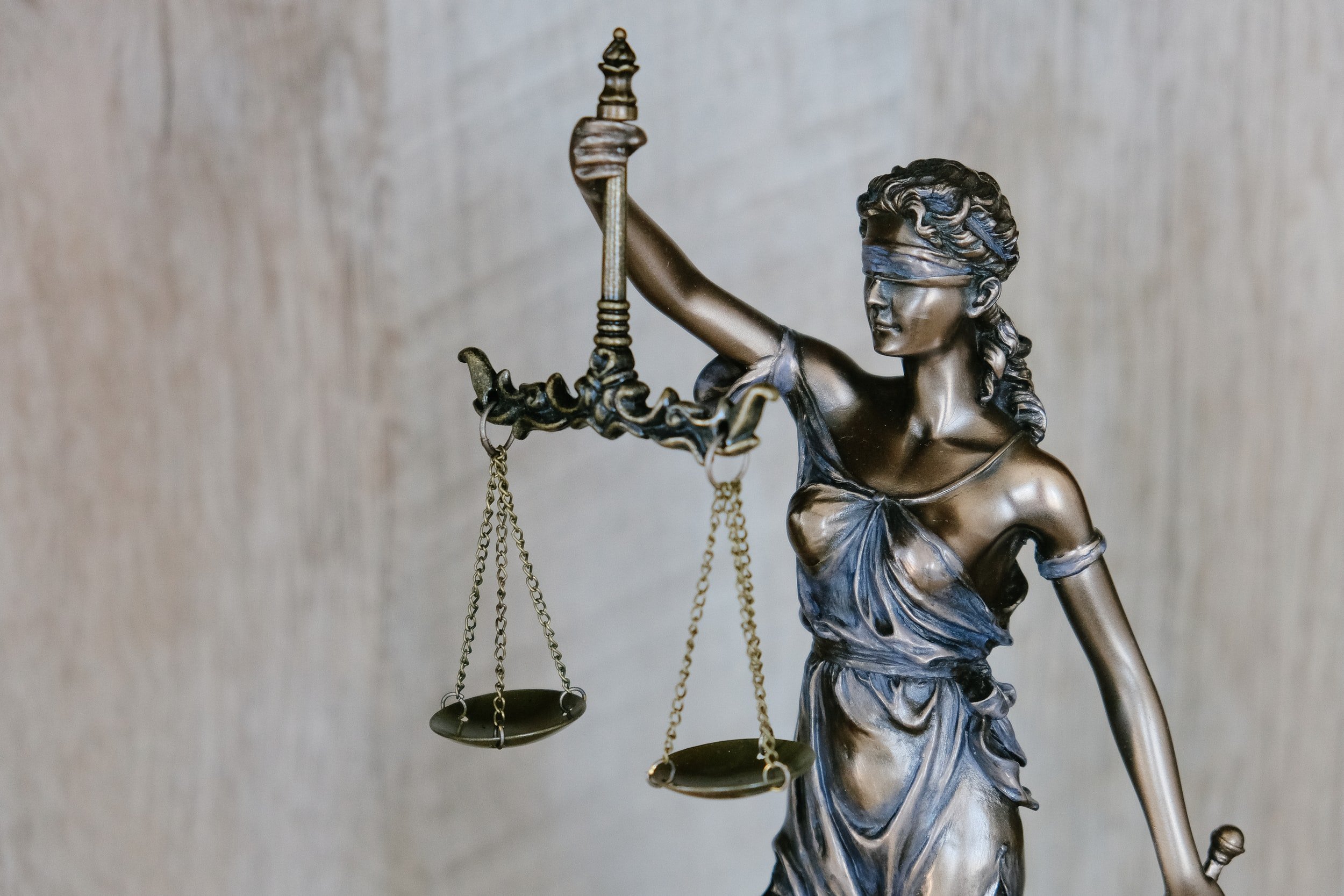Predicting, Up and Down: A Framework for Legal Prediction
This Article provides the results of an empirical survey (nearly 200 currently sitting U.S. judges) of judicial thought on legal prediction, and it uses these results, along with an analysis of legal prediction cases in U.S. law, to argue that current legal scholarship has missed an important distinction in legal prediction problems: predicting up (What will the agent of a subsequent legal decision do? That is, what will the prosecutor decide? How will the court rule?) and predicting down (What will the object of the legal decision do? That is, will the defendant show up for court? Will he recidivate?). An example of a court predicting up is Barnette v. West Virginia State Board of Education, where a lower court anticipated a shift in higher court thinking. An example of a court predicting down is Miller v. Alabama, where the Supreme Court limited life without parole sentences to only those juveniles who are considered “irreparably corrupt.” There are unique issues that inhere to these distinct classes of prediction problems, such as technological-legal lock-in, the need for lay connection to legal processes, and the risk of racial bias.

